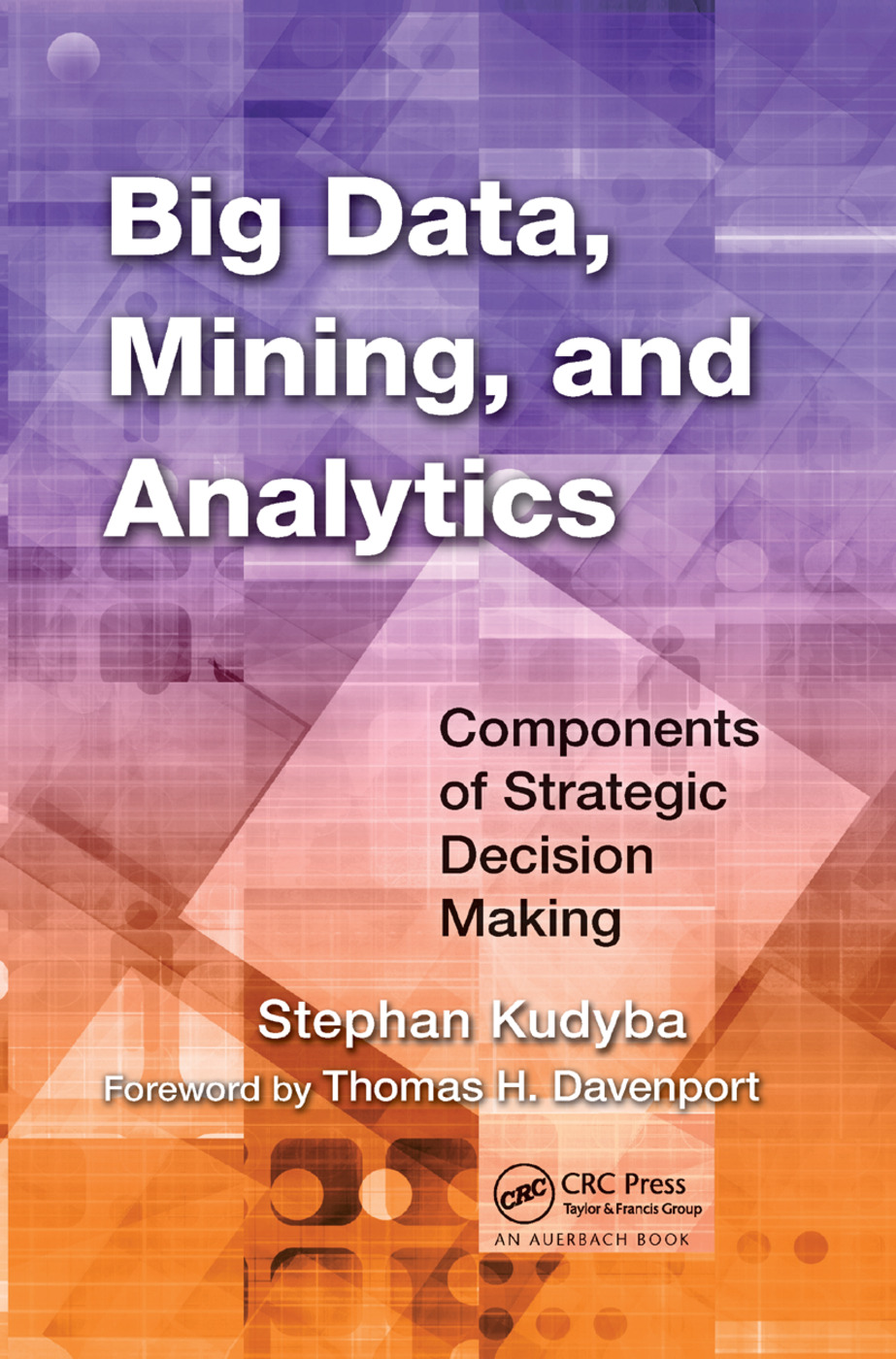Elastic Optimization for Stragglers in Edge Federated Learning
IF 6.2
1区 计算机科学
Q1 COMPUTER SCIENCE, ARTIFICIAL INTELLIGENCE
引用次数: 3
Abstract
To fully exploit enormous data generated by intelligent devices in edge computing, edge federated learning (EFL) is envisioned as a promising solution. The distributed collaborative training in EFL deals with delay and privacy issues compared to traditional centralized model training. However, the existence of straggling devices, responding slow to servers, degrades model performance. We consider data heterogeneity from two aspects: high dimensional data generated at edge devices where the number of features is greater than that of observations and the heterogeneity caused by partial device participation. With large number of features, computation overhead on the devices increases, causing edge devices to become stragglers. And incorporation of partial training results causes gradients to be diverged which further exaggerates when more training is performed to reach local optima. In this paper, we introduce elastic optimization methods for stragglers due to data heterogeneity in edge federated learning. Specifically, we define the problem of stragglers in EFL. Then, we formulate an optimization problem to be solved at edge devices. We customize a benchmark algorithm, FedAvg, to obtain a new elastic optimization algorithm (FedEN) which is applied in local training of edge devices. FedEN mitigates stragglers by having a balance between lasso and ridge penalization thereby generating sparse model updates and enforcing parameters as close as to local optima. We have evaluated the proposed model on MNIST and CIFAR-10 datasets. Simulated experiments demonstrate that our approach improves run time training performance by achieving average accuracy with less communication rounds. The results confirm the improved performance of our approach over benchmark algorithms.边缘联邦学习中掉队者的弹性优化
为了在边缘计算中充分利用智能设备生成的大量数据,边缘联合学习(EFL)被认为是一种很有前途的解决方案。与传统的集中式模式训练相比,EFL中的分布式协作训练处理了延迟和隐私问题。然而,零散设备的存在,对服务器的响应缓慢,降低了模型的性能。我们从两个方面考虑数据异质性:在特征数量大于观测数量的边缘设备上生成的高维数据,以及部分设备参与引起的异质性。随着大量特征的出现,设备上的计算开销增加,导致边缘设备变得掉队。部分训练结果的结合会导致梯度发散,当进行更多训练以达到局部最优时,这会进一步夸大。在本文中,我们介绍了边缘联合学习中由于数据异构而导致掉队者的弹性优化方法。具体来说,我们定义了英语中的掉队者问题。然后,我们提出了一个要在边缘设备上解决的优化问题。我们定制了一个基准算法FedAvg,以获得一种新的弹性优化算法(FedEN),该算法应用于边缘设备的局部训练。FedEN通过在套索和山脊惩罚之间保持平衡来缓解掉队者,从而生成稀疏模型更新并强制执行接近局部最优的参数。我们已经在MNIST和CIFAR-10数据集上评估了所提出的模型。模拟实验表明,我们的方法通过减少通信轮次来实现平均精度,从而提高了运行时训练性能。结果证实了我们的方法相对于基准算法的改进性能。
本文章由计算机程序翻译,如有差异,请以英文原文为准。
求助全文
约1分钟内获得全文
求助全文
来源期刊

Big Data Mining and Analytics
Computer Science-Computer Science Applications
CiteScore
20.90
自引率
2.20%
发文量
84
期刊介绍:
Big Data Mining and Analytics, a publication by Tsinghua University Press, presents groundbreaking research in the field of big data research and its applications. This comprehensive book delves into the exploration and analysis of vast amounts of data from diverse sources to uncover hidden patterns, correlations, insights, and knowledge.
Featuring the latest developments, research issues, and solutions, this book offers valuable insights into the world of big data. It provides a deep understanding of data mining techniques, data analytics, and their practical applications.
Big Data Mining and Analytics has gained significant recognition and is indexed and abstracted in esteemed platforms such as ESCI, EI, Scopus, DBLP Computer Science, Google Scholar, INSPEC, CSCD, DOAJ, CNKI, and more.
With its wealth of information and its ability to transform the way we perceive and utilize data, this book is a must-read for researchers, professionals, and anyone interested in the field of big data analytics.
 求助内容:
求助内容: 应助结果提醒方式:
应助结果提醒方式:


